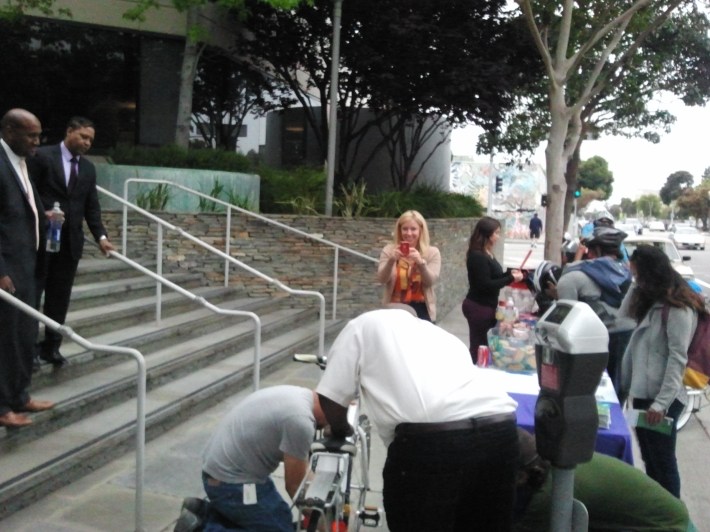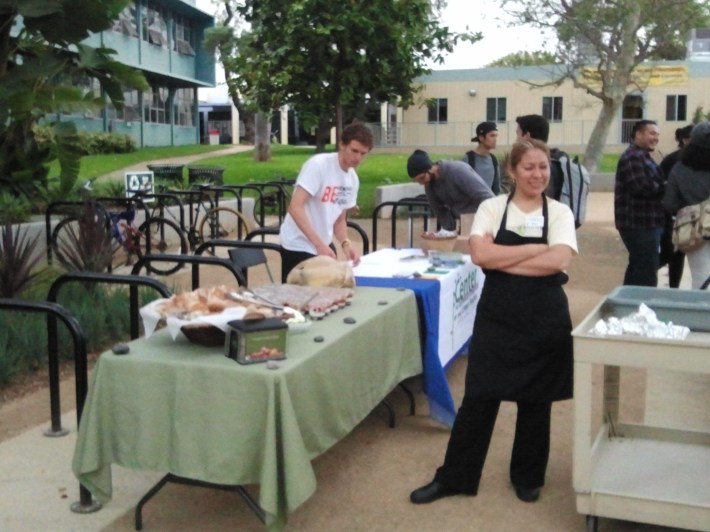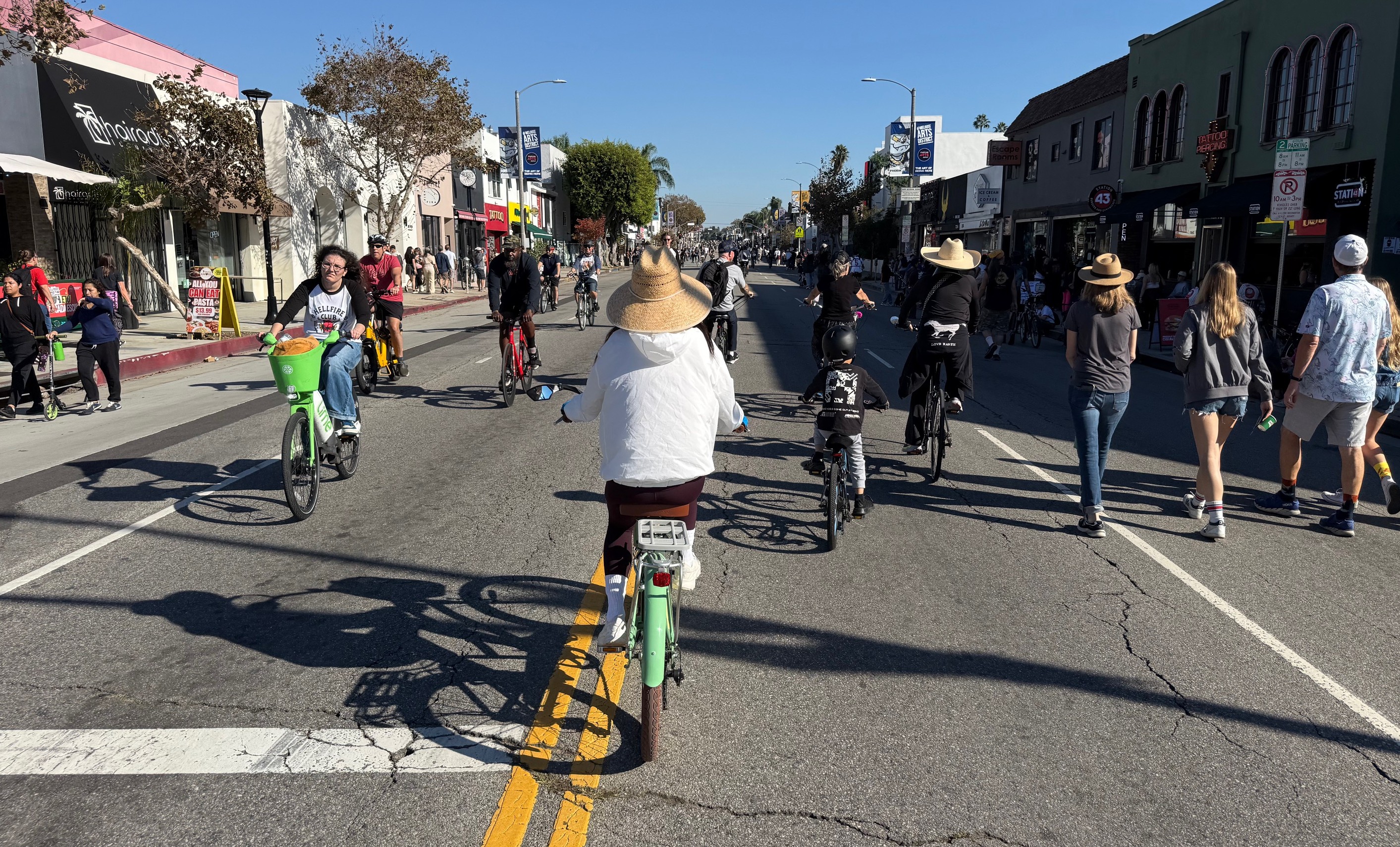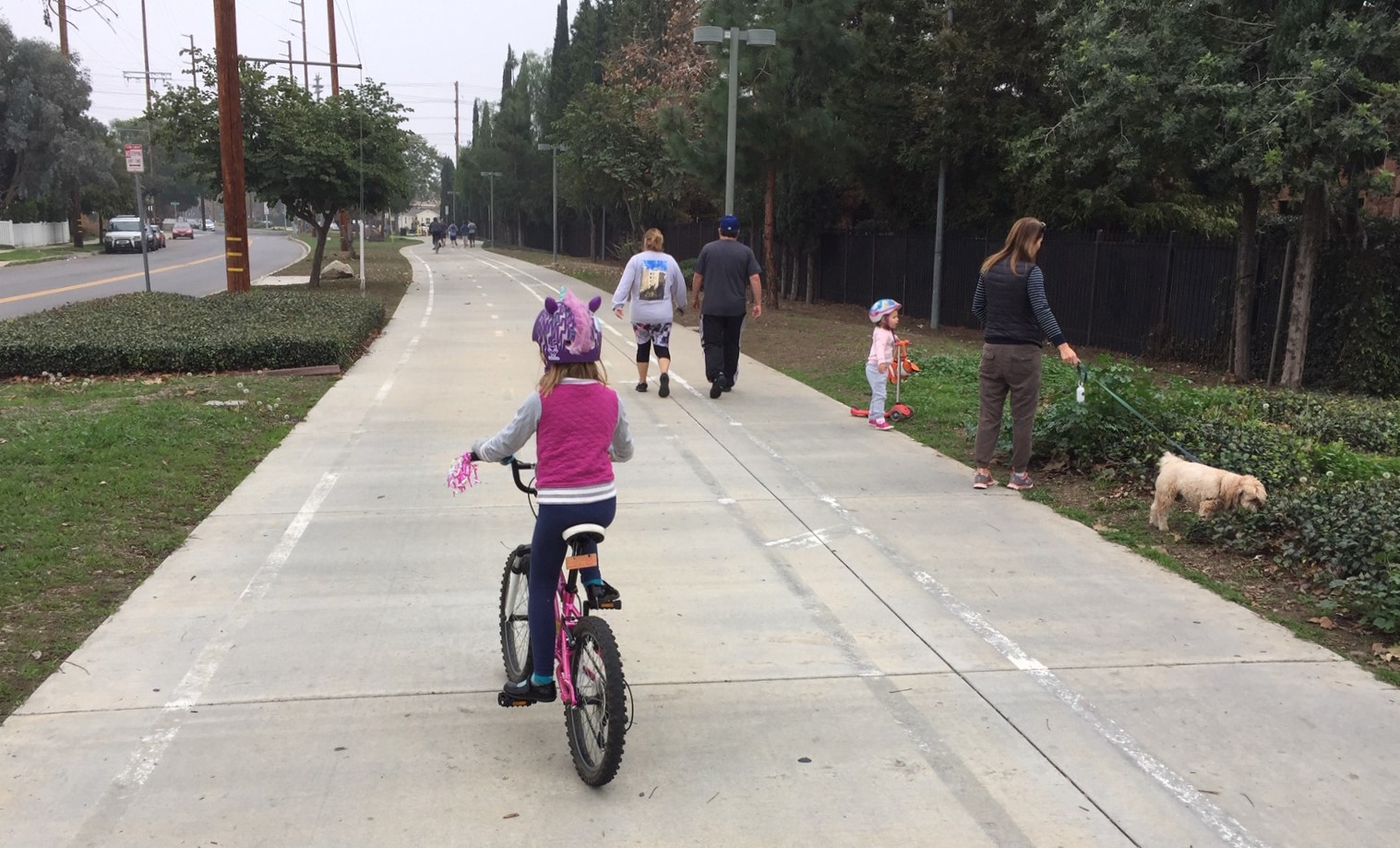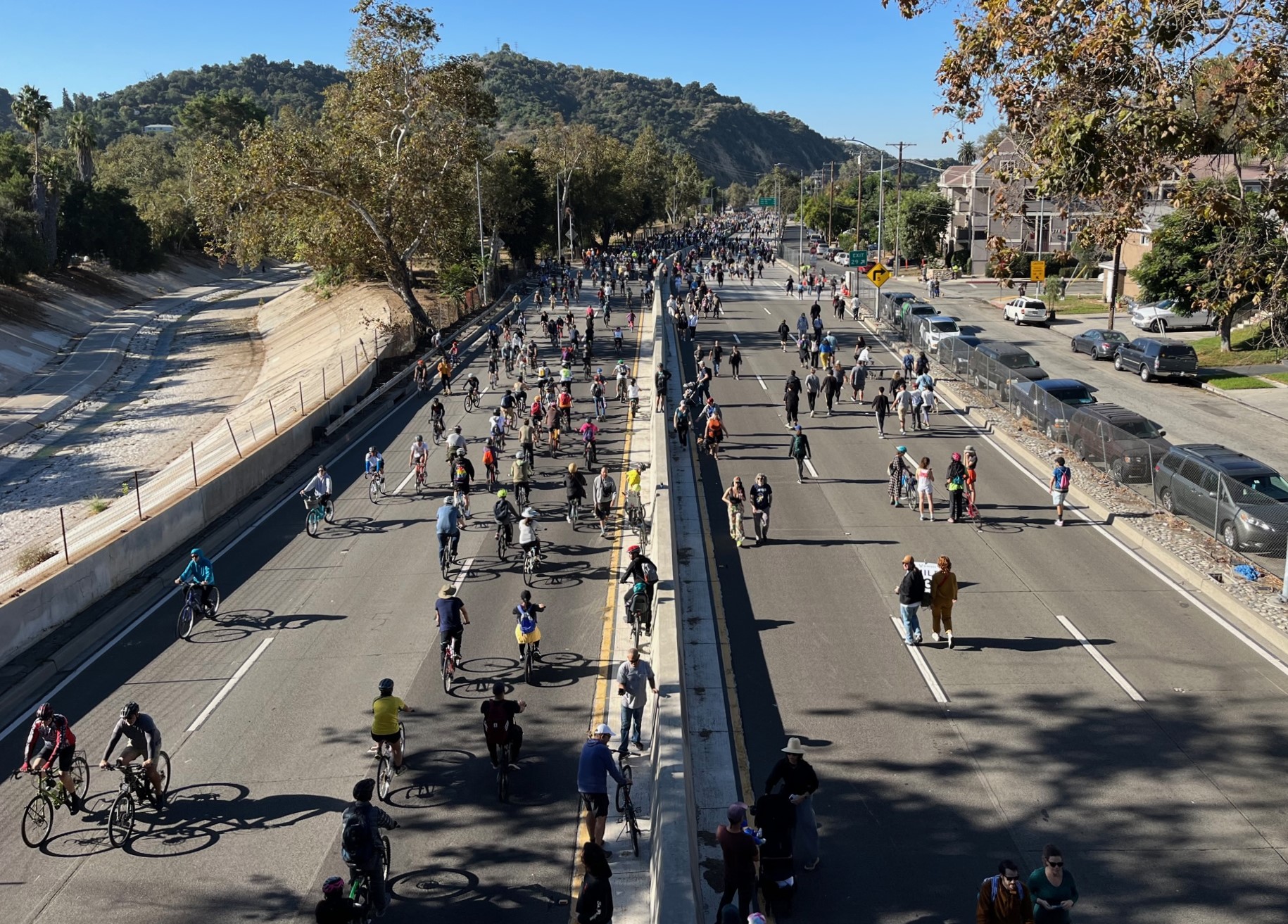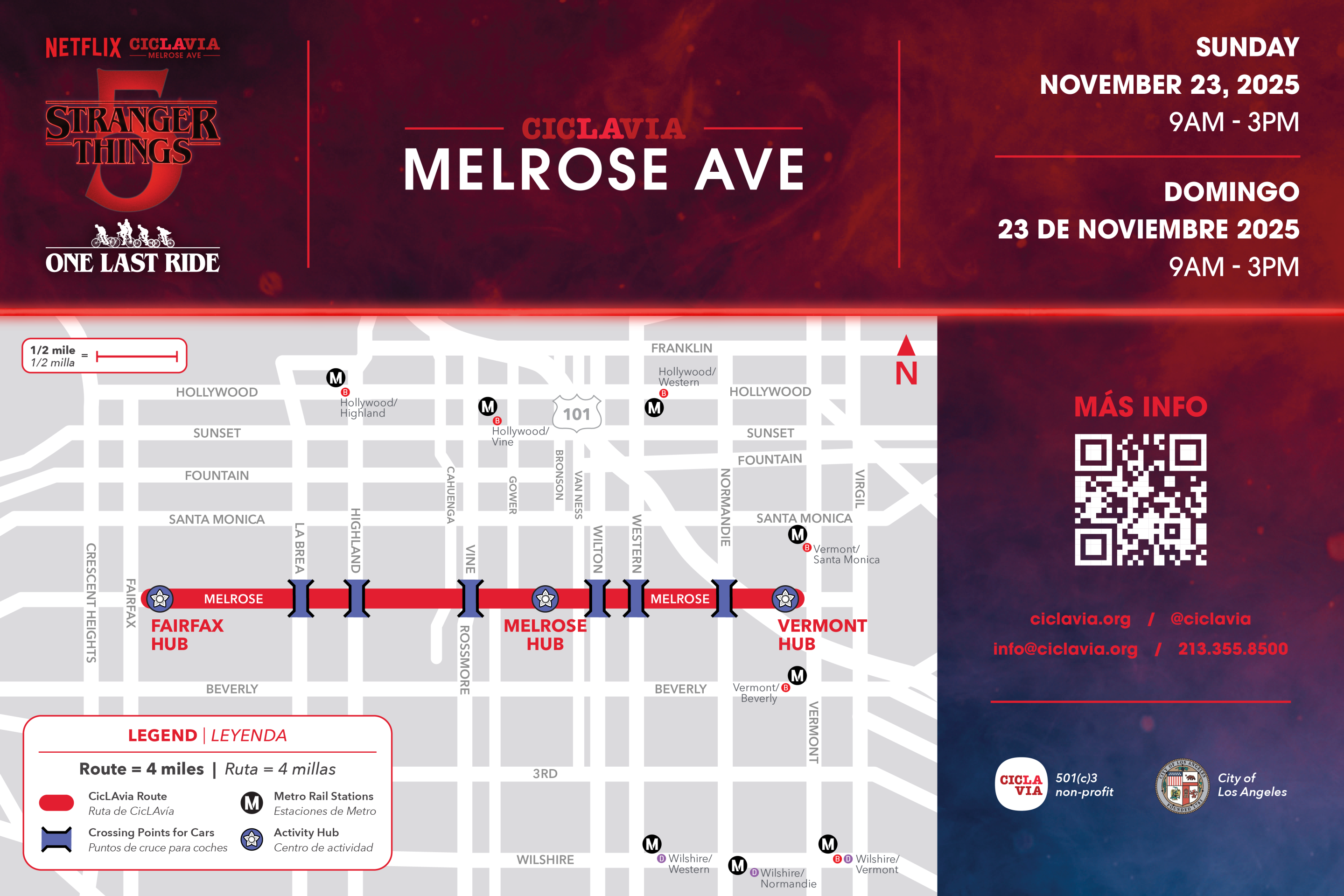Don’t get me wrong.
I love Bike to Work Day. I had a blast yesterday trying to hit as many Westside pit stops as I could before making my way back to my home office to get down to work.
Which isn’t exactly the point, I know.
The idea is to encourage people who would otherwise drive to their places of employment to try bicycling by providing incentives and information, in the hope that once they try it, they’ll like it. And hopefully, keep doing it.
I get that.
And I enjoyed the opportunity to partake in a free rolling breakfast and gather up mini-Clif Bars and other assorted bike swag, while talking with other riders I might not otherwise meet on the roadway. As well as offering my insights to anyone looking for a little advice on bike commuting while, sadly, finding no takers.
Everyone I met seemed to know as much about the subject as I do.
Which is part of the problem.
As with many bike advocacy efforts, we too often find ourselves preaching to the choir; rewarding those who already ride rather than getting more people to leave their cars behind, if only for one day.
Not that there’s anything wrong with that.
Bicycling, and bicyclists, should be celebrated.
Whether or not some impatient drivers, or even the wider community at large chooses to acknowledge it at times — particularly when it involves removing a traffic lane in order to carve out a little space for those of us on two wheels.
Every person who takes to a bike, rather than a motor vehicle, on the way to work or to run an errand removes another car from the traffic grid, reducing congestion for those who don’t. And at the same time, helps improve air quality, public health and quality of life for the surrounding community.
Not to mention countless other ancillary benefits, from supporting local merchants to staving off global warming, albeit to an infinitesimal degree.
All of which is reason for celebration and encouragement.
On the other hand, as I observed my fellow riders, I was struck by how similar they were to me. Mostly white, mostly male, apparently middle class.
In other words, people who appeared to have the luxury of choosing to ride a bike.
Missing entirely from any pit stop I visited was anyone who appeared to ride because it was their only personal transportation option. Those who ride to work on a daily basis because, for whatever reason, they can’t afford a car or can’t get a license.
The often immigrant, usually low income riders you see everywhere, but seldom notice.
Maybe it was a function of where I was, riding in a more affluent section of the city at a more traditional commuting hour. Maybe more effort had been made to reach out to Los Invisibles in other parts of town.
But here on the Westside, it felt like a lost opportunity to reach out to a community too often ignored in our attempts to promote bicycling and improve safety for all riders.
I know that’s not the point of Bike to Work Day.
But maybe it should be part of it.
